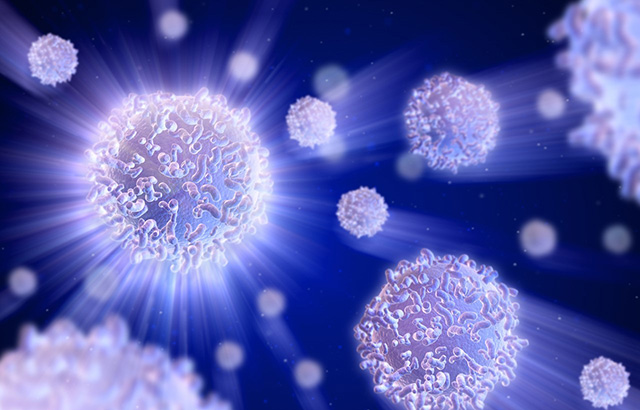Q&A: New patient-derived iPSC model for congenital muscular dystrophies demonstrates feasibility of identifying novel drug therapies
Researchers at the Blizard Institute have demonstrated for the first time the feasibility of models using patient-derived stem cells in assessing future drug candidates in the treatment of dystroglycanopathies (a group of congenital muscular dystrophies). In this Q&A, Dr Yung-Yao Lin from the Centre for Genomics and Child Health explains the implications of this proof of concept study in identifying drug therapies in the treatment of dystroglycanopathies, and for the study of other neurological diseases.

What is new about the study?
We generated the first patient-derived induced pluripotent stem cell (iPSC) model for studying dystroglycanopathy – a group of congenital muscular dystrophies often associated with brain malformations. Dystroglycan, an extracellular matrix receptor, has essential functions in various tissues. When α-dystroglycan undergoes defective glycolysation, this prevents laminin proteins from interacting with it. The loss of this interaction is a pathological hallmark underlying these disorders.
We took skin cells from a patient with homozygous FKRP (fukutin-related protein gene) mutation, which causes a severe form of congenital muscular dystrophy due to defective glycolysation of α-dystroglycan. We then reprogrammed these cells to an embryonic stem cell-like state; pluripotent meaning that they could become any cell type in the body. We used CRISPR/Cas9, a genome-editing tool, to correct the FKRP mutation. This restored glycosylation of α-dystroglycan in iPSC-derived neural cells. We validated this result through targeted gene mutation of FKRP in natural, non-mutated cells, which disrupted this glycosylation.
In parallel, we screened a large number of small molecule compounds to see if any increased glycosylation of α-dystroglycan in mouse muscle cells. Using the FKRP patient-iPSC derived neural cells, we validated ‘4BPPNit’ as a compound that can improve the pathological hallmark of dystroglycanopathy.
Is there anything surprising about the results?
In total, we screened a drug library of 31,954 compounds, but only 4BPPNit could be validated in the patient-derived iPSC model to effectively increase glycosylation of α-dystroglycan. However, the effect of this compound is not as strong as genetic correction using CRISPR-mediated genome editing. This suggests that we can use our patient-derived dystroglycanopathy iPSC model to identify more potent compounds.
Why is the study important?
The lack of isogenic human dystroglycanopathy cell models has previously limited our ability to test potential drugs in a human- and neural-specific context. This proof of concept study demonstrates the feasibility of using patient-derived iPSC models to validate and assess promising drug candidates identified from large-scale drug screens and facilitate the drug development process.
What are the wider implications?
Our experimental approach combining patient-derived iPSCs and genome editing are applicable to any neurological disease, in which patients’ neural cells are difficult to access for studying.
Find out more
- The full title of the recently published paper is 'A new patient-derived iPSC model for dystroglycanopathies validates a compound that increases glycosylation of α-dystroglycan'. DOI: 10.15252/embr.201947967. Available at: https://www.embopress.org/doi/10.15252/embr.201947967.
- Visit Dr Yung-Yao Lin's profile page.
- Find out more about the Centre for Genomics and Child Health at the Blizard Institute.
- Find out more about Barts and The London School of Medicine and Dentistry, Queen Mary University of London.
Related news
- 'New lab technology could reveal treatments for muscle-wasting disease'